Facebook says no to CEOP panic button
Despite a positive meeting with Home Secretary Alan Johnson, the social network has ruled out introducing a panic button on user homepages.

Facebook last night ruled out installing a 'panic button' on its homepage for users to report suspected sexual predators, despite having indicated its willingness to consider the issue to Home Secretary Alan Johnson.
Johnson said yesterday that introducing a button on the social networking site to report abuse to the Child Exploitation and Online Protection Centre (CEOP) could "transform child protection" in the wake of the murder of 17-year-old Ashleigh Hall from County Durham, who was killed by a rapist posing as a teenage boy on the site.
Johnson was speaking after a meeting with Facebook executives and child protection groups, in which it was argued that a button linking to CEOP would be a positive step for boosting child protection.
"We had a frank exchange of views in which I emphasised that including the CEOP abuse reporting button on [Facebook] has the potential to transform child protection and that the company should put this above all other considerations," Johnson said, adding that CEOP would be meeting with Facebook representatives in the US on 12 April to discuss the issue further.
Within hours, however, Richard Allen, director of policy for Facebook Europe, reaffirmed the site's commitment to beefing up child protection measures, but said in its experience introducing a panic button to the site's main interface wouldn't necessarily prove effective.
He confirmed plans to ensure UK users reporting complaints about online predators would immediately be able to get in touch with CEOP via a pop-up text box, but said "our experience of trying to put icons on the normal reporting flow is that it can reduce the number of reports."
Last October, registered sex offender Peter Chapman used a false identity to make contact with Hall and arrange a date with her. He was jailed earlier this month for at least 35 years after kidnapping, raping and murdering the teenager.
Get the ITPro daily newsletter
Sign up today and you will receive a free copy of our Future Focus 2025 report - the leading guidance on AI, cybersecurity and other IT challenges as per 700+ senior executives
In the wake of the affair, CEOP head Jim Gamble called for the panic button to be on the front page of every Facebook profile page so "children are reassured and empowered, so are their parents, and offenders are deterred".
The button is already present on other social-networking sites, including Bebo, which is particularly popular with children.
CEOP says at present children make about 500 reports a month by clicking on the button across various sites. Of those, four a day are claimed to be from a child in immediate danger. In January, however, it claimed that about 75 per cent of all reports it received were about incidents on Facebook.
"Facebook is a great environment, they are experts on advertising and engaging with young people in those areas where you can get click-through," it said at the time. "But they're not experts on child protection."
-
 Bigger salaries, more burnout: Is the CISO role in crisis?
Bigger salaries, more burnout: Is the CISO role in crisis?In-depth CISOs are more stressed than ever before – but why is this and what can be done?
By Kate O'Flaherty Published
-
 Cheap cyber crime kits can be bought on the dark web for less than $25
Cheap cyber crime kits can be bought on the dark web for less than $25News Research from NordVPN shows phishing kits are now widely available on the dark web and via messaging apps like Telegram, and are often selling for less than $25.
By Emma Woollacott Published
-
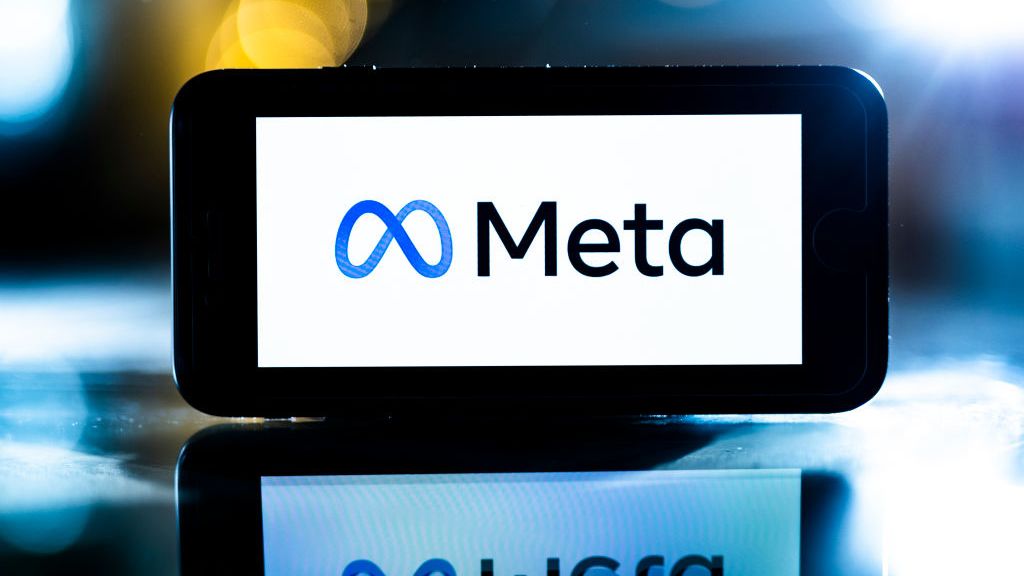 Meta to pay $725 million in Cambridge Analytica lawsuit settlement
Meta to pay $725 million in Cambridge Analytica lawsuit settlementNews The settlement closes the long-running lawsuit into how Facebook's owner, Meta, handled the Cambridge Analytica scandal
By Ross Kelly Published
-
 Meta's earnings are 'cause for concern' and 2023 looks even bleaker
Meta's earnings are 'cause for concern' and 2023 looks even bleakerAnalysis Calls for investor faith in metaverse tech only emphasise the worries that its investment strategy won't pay off
By Rory Bathgate Published
-
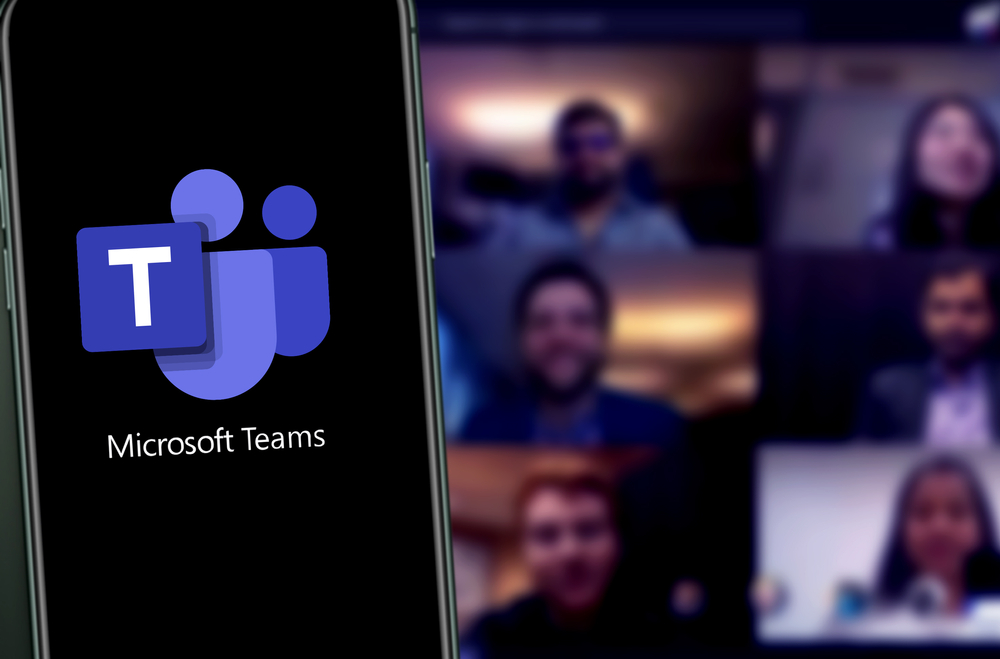 Microsoft and Meta announce integration deal between Teams and Workplace
Microsoft and Meta announce integration deal between Teams and WorkplaceNews Features from both business collaboration platforms will be available to users without having to switch apps
By Connor Jones Published
-
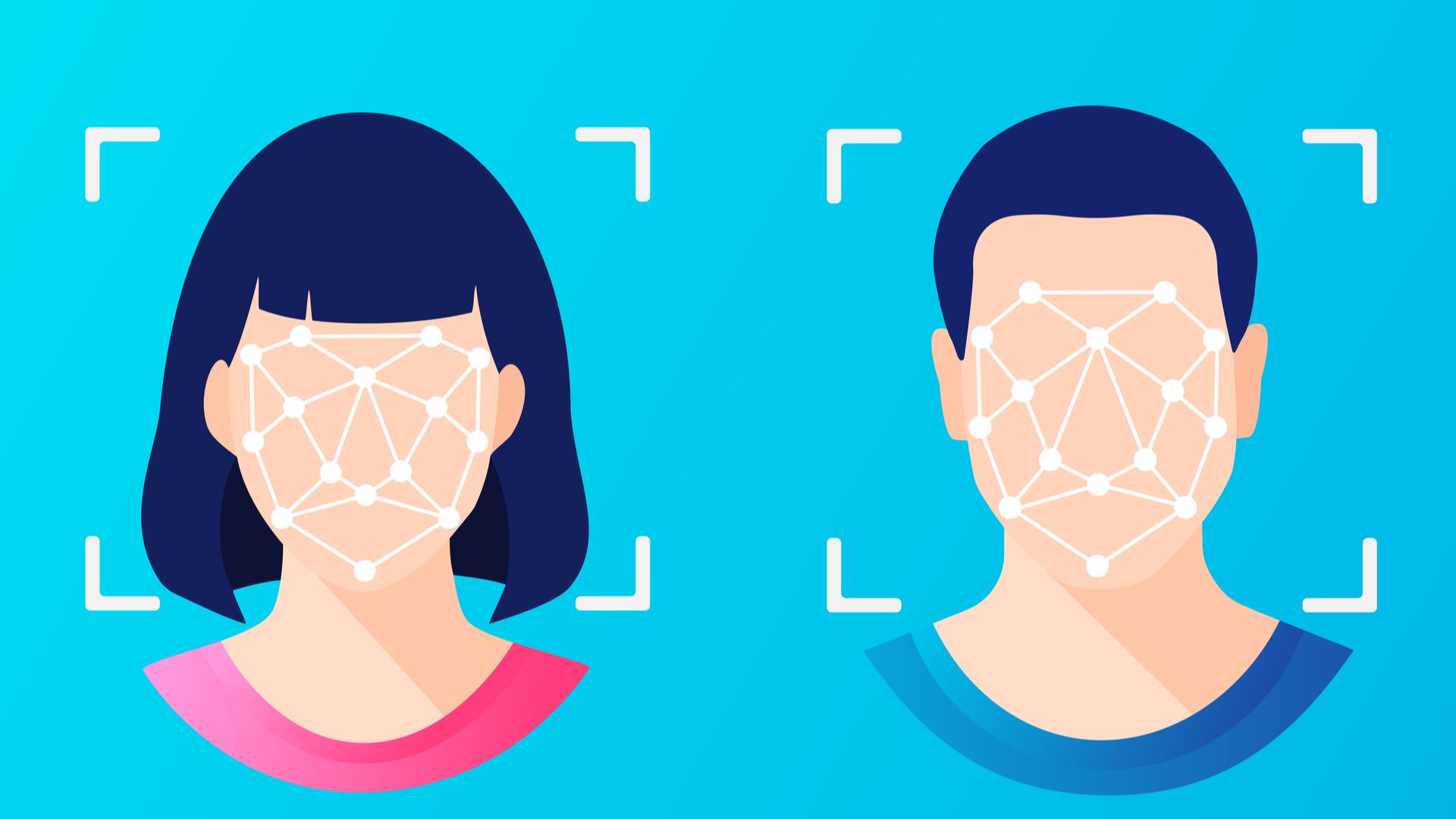 Facebook is shutting down its controversial facial recognition system
Facebook is shutting down its controversial facial recognition systemNews The move will see more than a billion facial templates removed from Facebook's records amid a push for more private applications of the technology
By Connor Jones Published
-
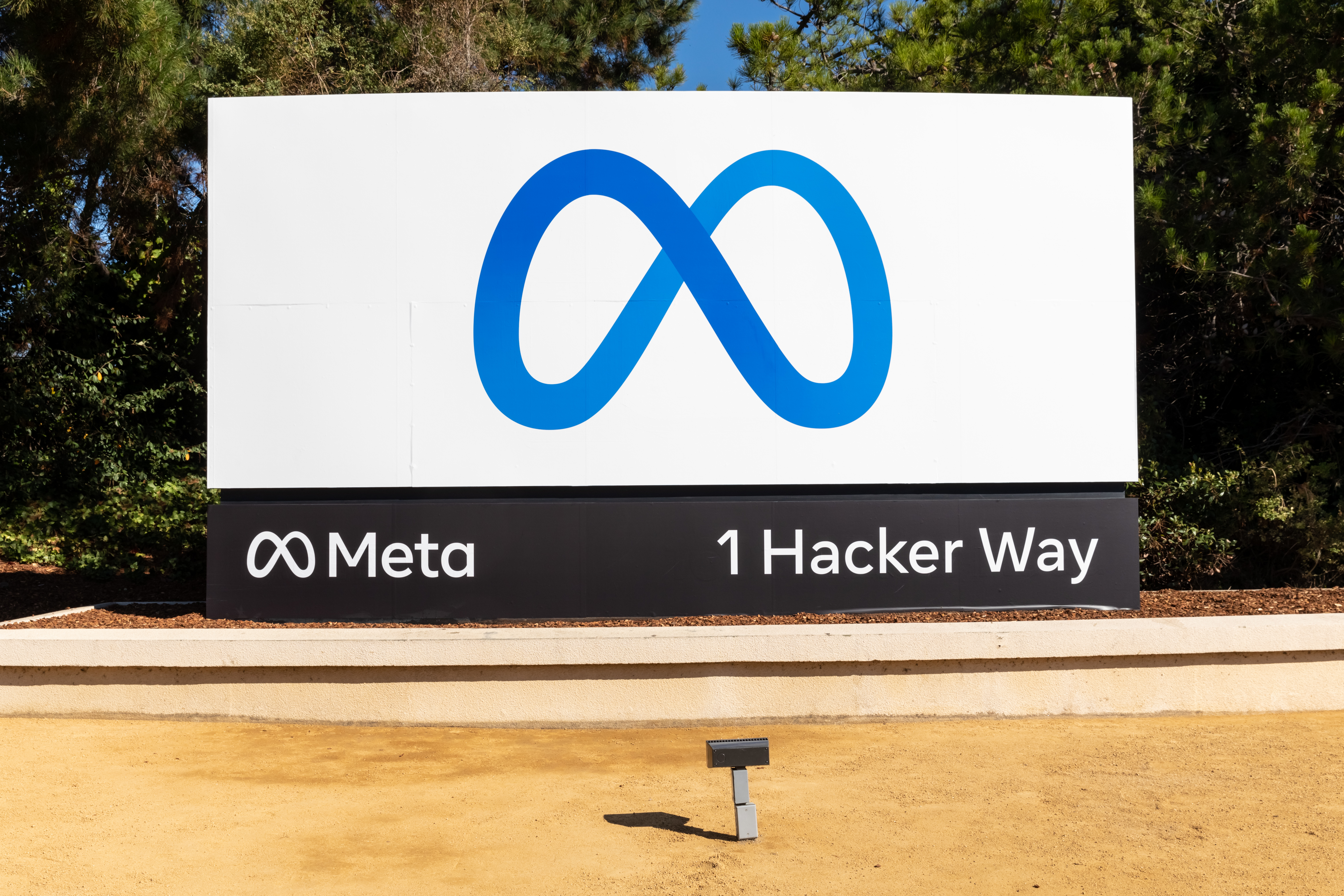 'Changing name to Meat': Industry reacts to Facebook's Meta rebrand
'Changing name to Meat': Industry reacts to Facebook's Meta rebrandNews The rebrand attempts to provide a clearer distinction between Facebook and its umbrella company
By Connor Jones Published
-
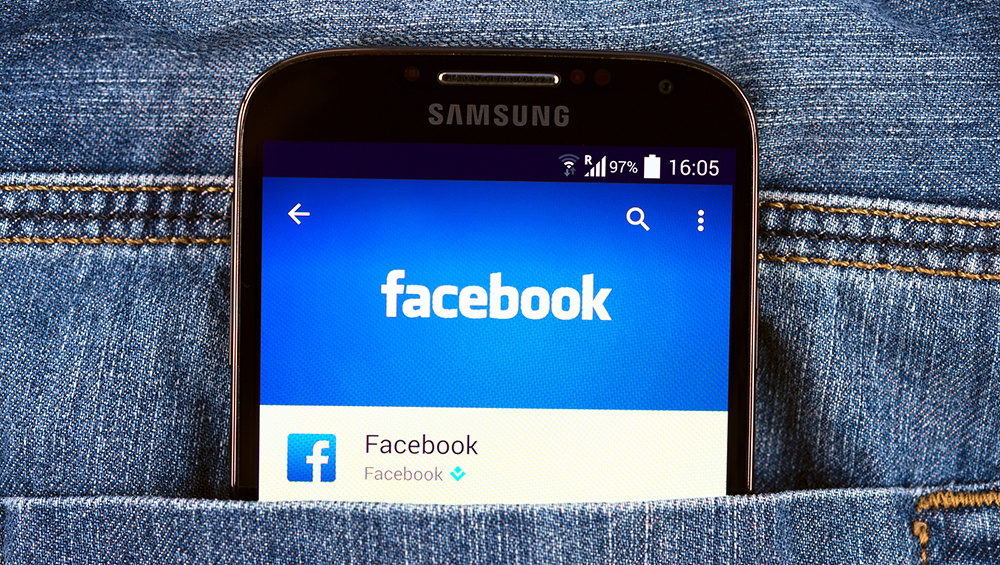 Facebook's Oversight Board demands more transparency
Facebook's Oversight Board demands more transparencyNews Board bashed the social media giant for its preferential treatment of certain high-profile accounts
By Danny Bradbury Published
-
 Facebook claims AI managed to reduce hate speech by 50%
Facebook claims AI managed to reduce hate speech by 50%News The social media platform has hit back at claims the tech it uses to fight hate speech is inadequate
By Sabina Weston Published
-
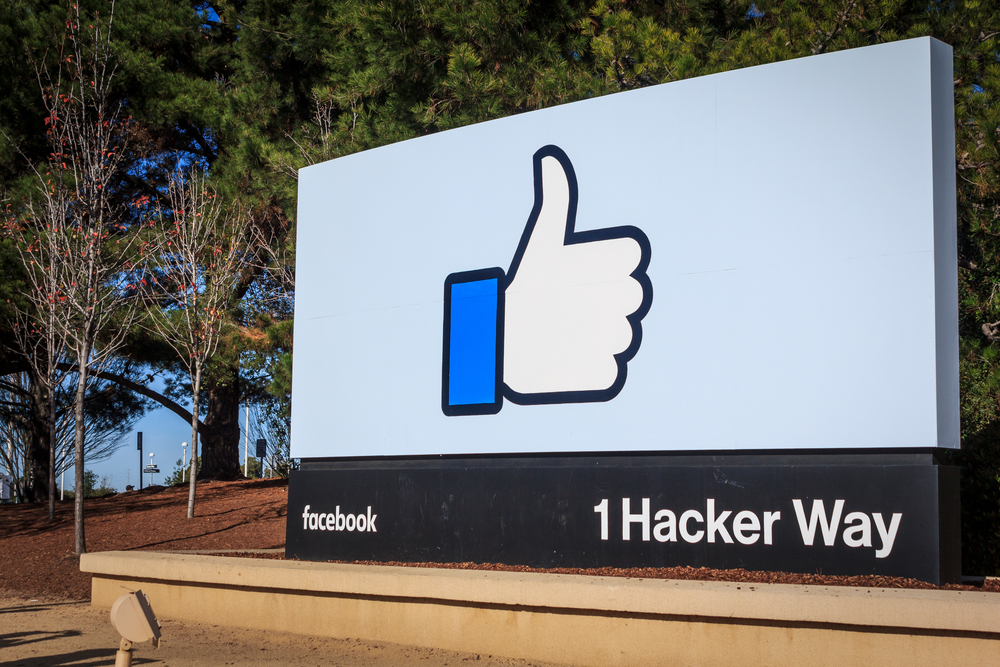 Facebook to hire 10,000 workers across the EU
Facebook to hire 10,000 workers across the EUNews The high-skilled jobs drive is a “vote of confidence” in the European tech industry
By Jane McCallion Published